Fresnel lens
Some places fresnel lenses are found
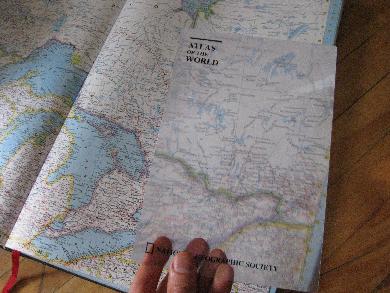
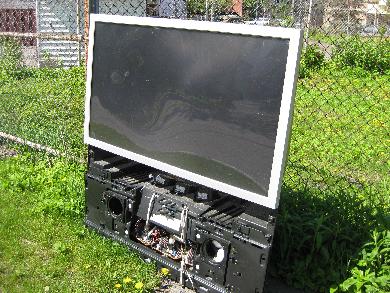
What is a fresnel lens
A fresnel lens is just a lens like one below, but without all the interior material, which is not needed for a lens to function.
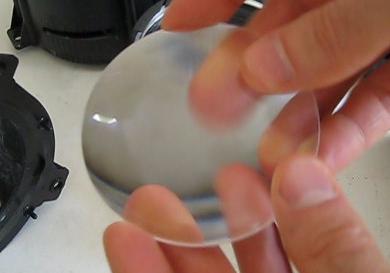
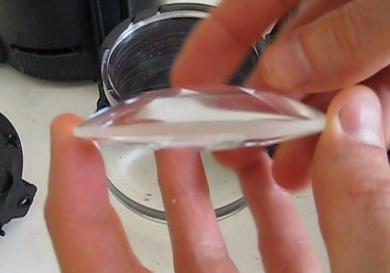
When you remove all the interior of a lens like the one above, you end up with a flat piece of material with many concentric grooves in it, as shown below.
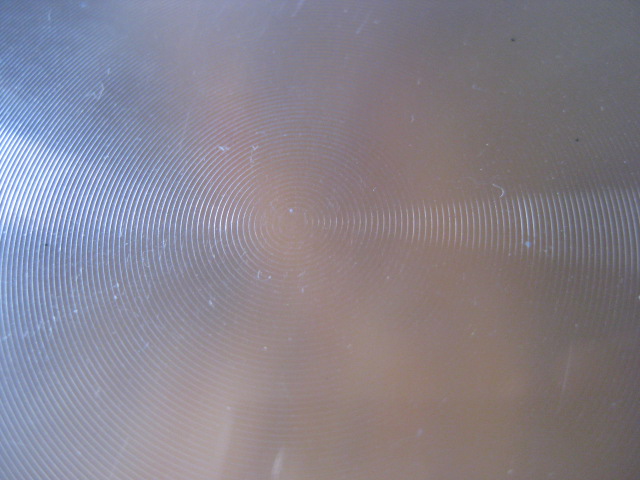
To help illustrate this, the following are steps for converting one of the above round glass lenses to a fresnel lens.





But there's still the problem of spherical aberration. Spherical aberration, as the diagram below shows, is when not all of the light meets at the focal point. This happens with lenses that are derived from spheres.

Making a fresnel lens that doesn't suffer from spherical aberration is simply a matter of making the grooves less steep by appropriate amounts. This is easy to do since it means just cutting the grooves differently than they otherwise would have been. The resulting lens is referred to as an aspherical lens.
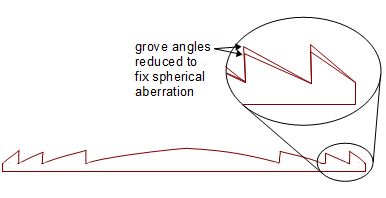
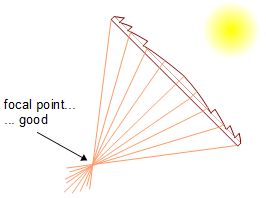
Which side should face the sun?
The grooved side should face the sun if you want the maximum effect. As the following diagram shows, if the flat side is facing the sun then not all the light meets at the focal point. This is something I actually verified experimentally. With my fresnel lens solar cooker, it took 2.4 times as long to bring 150ml of water from 40C to 60C when the flat side was facing the sun compared to when the grooved side was.
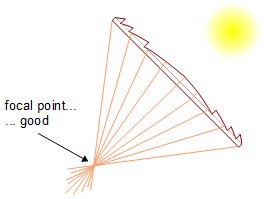
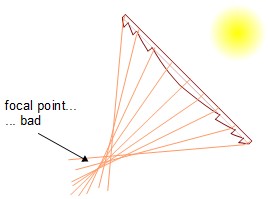
Linear lenses versus spot lenses
It turned out that the fresnel lens which I got from a rear projection TV and used for my solar cooker produces a short line at the focal length about 2 to 3 inches long and about a half inch thick at its thickest. However, my magnifying glass fresnel lens produces a sharp point, or spot, at its focal point.
The names for these different types of lenses are linear fresnel lenses and spot fresnel lenses.
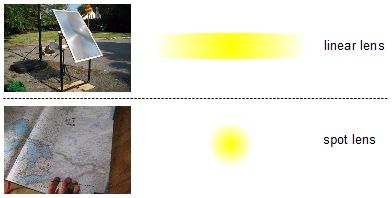
Video all about fresnel lenses
The following is a video I made showing much of the above, including the experiments I performed to verify some of it. Enjoy!
Things I've done with my large fresnel lens
I have a large fresnel lens which I got from a rear projection TV. These are some of the things I've used it for.

